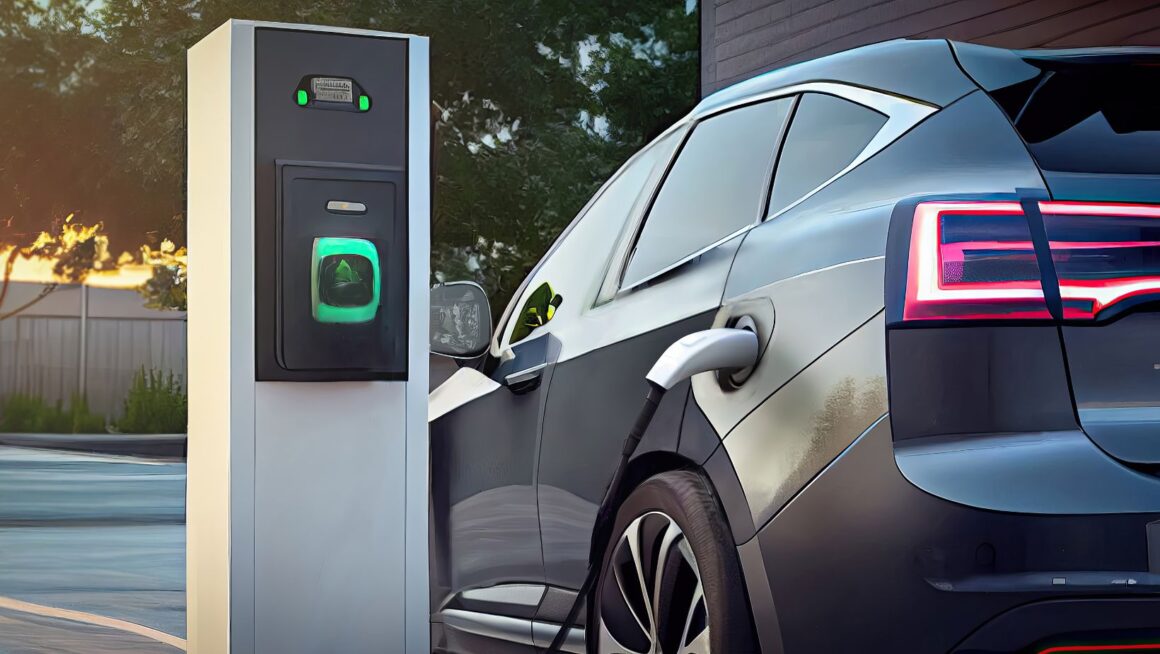As cities grow and evolve, so do the challenges associated with urban living. Traffic congestion and pollution are two of the most pressing issues facing urban areas today. In response, electric utility vehicles (EUVs) are emerging as a promising solution, offering a cleaner and more efficient way to navigate the urban landscape. These versatile vehicles are not just a trend but a key component of the future of urban mobility.
When you compare UTVs (Utility Task Vehicles) to traditional vehicles, the benefits of EUVs become apparent. Unlike conventional vehicles that rely on fossil fuels, EUVs run on electricity, making them a more sustainable choice for city dwellers. But beyond their environmental benefits, EUVs also offer practical advantages in reducing traffic and improving overall mobility in urban settings.
Alleviating Traffic Congestion
One of the most significant benefits of EUVs is their potential to alleviate traffic congestion. Traditional vehicles, especially larger ones like SUVs and trucks, take up more space on the road and contribute to gridlock. EUVs, particularly smaller models designed for urban use, are more compact and nimble. This makes them ideal for navigating narrow streets and congested areas, reducing the space required on the road and helping to ease traffic flow.
Additionally, many cities are adopting initiatives to reduce the number of traditional vehicles on the road. This includes implementing congestion charges and creating low-emission zones. EUVs, with their zero-emission status, are often exempt from these charges, encouraging more people to switch to electric alternatives. This shift can lead to fewer cars on the road and more efficient use of available space, further alleviating congestion.
Reducing Urban Pollution
Urban areas are notorious for high levels of air pollution, largely due to the emissions from traditional vehicles. EUVs offer a cleaner alternative by producing zero tailpipe emissions. This can significantly reduce the levels of harmful pollutants in the air, such as nitrogen oxides and particulate matter, which are linked to respiratory issues and other health problems.
Moreover, the use of EUVs can help reduce noise pollution, a lesser-discussed but equally important aspect of urban living. Electric vehicles are quieter than their internal combustion engine counterparts, contributing to a more peaceful urban environment. This reduction in noise can have positive effects on residents’ mental health and overall quality of life.
Efficiency and Cost-Effectiveness
EUVs are not only environmentally friendly but also cost-effective. The cost of electricity is generally lower than that of gasoline or diesel, leading to significant savings over time. For urban dwellers, who often use their vehicles for short trips, the efficiency of EUVs becomes even more apparent. They can be easily charged at home or at one of the many public charging stations popping up in cities around the world.
Furthermore, the maintenance costs of EUVs are typically lower than those of traditional vehicles.

With fewer moving parts and no need for oil changes, EUVs require less frequent servicing. This can lead to considerable savings, especially for businesses that rely on a fleet of vehicles for deliveries or other services.
Urban Planning and Infrastructure
The rise of EUVs also calls for a rethinking of urban planning and infrastructure. As more people switch to electric vehicles, the demand for charging stations will increase. Cities need to invest in charging infrastructure to support this growing demand, including fast-charging options that can quickly replenish a vehicle’s battery. This infrastructure is crucial for making EUVs a practical choice for everyday use.
In addition, urban planners are beginning to consider how to integrate EUVs into public transportation systems. For example, some cities are exploring the use of electric buses and shared EUV fleets to complement existing public transit options. These initiatives can provide more efficient and flexible transportation solutions, helping to reduce the overall number of vehicles on the road.
The Future of EUVs in Urban Mobility
The future of electric utility vehicles in urban settings looks promising. As technology advances, we can expect to see even more efficient and affordable EUVs on the market. Innovations in battery technology will likely lead to longer ranges and shorter charging times, making EUVs an even more viable option for city living.
Moreover, the continued push for sustainability and green initiatives will drive further adoption of EUVs. Governments and municipalities are increasingly recognizing the benefits of electric vehicles and are likely to implement more policies and incentives to encourage their use.

This, combined with the growing awareness of environmental issues among the public, will help accelerate the transition to electric mobility.
Conclusion
When you compare UTVs with traditional vehicles, it’s clear that electric utility vehicles offer numerous advantages for urban mobility. From reducing traffic congestion and pollution to offering cost-effective and efficient transportation solutions, EUVs are poised to play a crucial role in shaping the future of cities. As we move towards a more sustainable future, the adoption of EUVs will be a key step in making our urban environments cleaner, quieter, and more livable.

